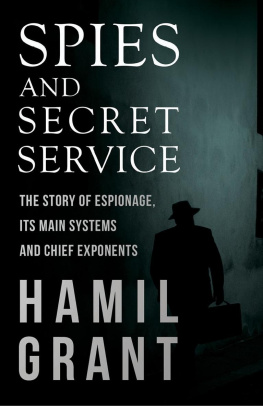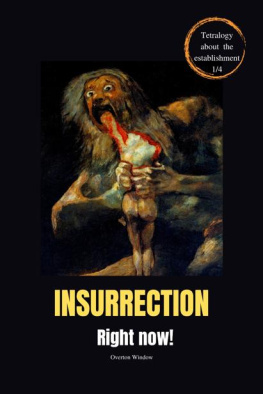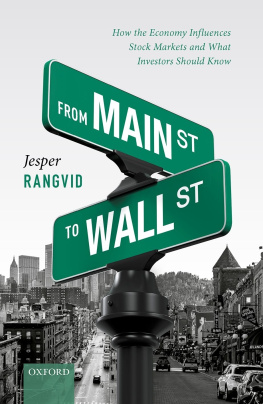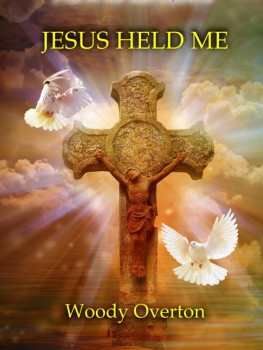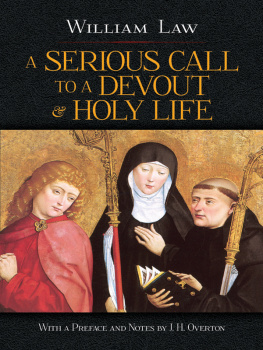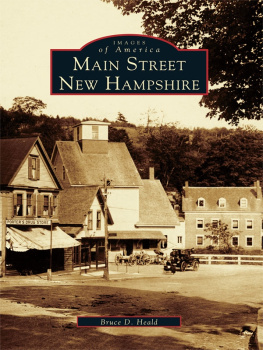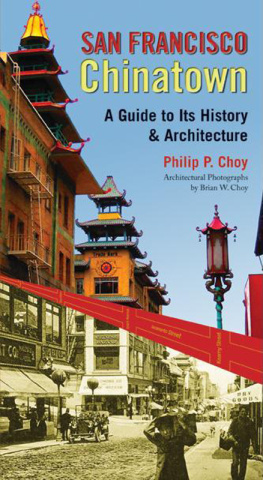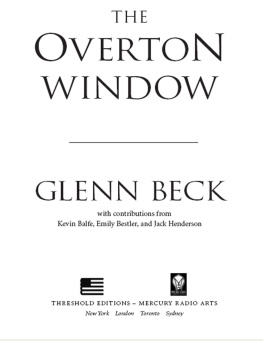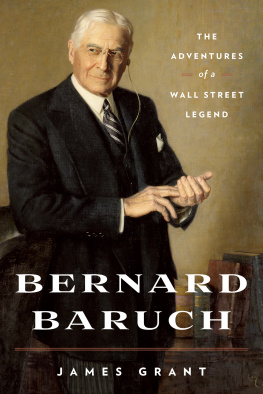Chapter I
Table of Contents
THE COURAGE OF HUGH WALPOLE
Table of Contents
i
Says his American contemporary, Joseph Hergesheimer, in an appreciation of Hugh Walpole: Mr. Walpoles courage in the face of the widest scepticism is nowhere more daring than in The Golden Scarecrow. Mr. Walpoles courage, I shall always hold, is nowhere more apparent than in the choice of his birthplace. He was born in the Antipodes. Yes! In that magical, unpronounceable realm one reads about and intends to look up in the dictionary. The precise Antipodean spot was Auckland, New Zealand, and the year was 1884.
The Right Reverend George Henry Somerset Walpole, D.D., Bishop of Edinburgh since 1910, had been sent in 1882 to Auckland as Incumbent of St. Marys Pro-Cathedral, and the same ecclesiastical fates which took charge of Hugh Seymour Walpoles birthplace provided that, at the age of five, the immature novelist should be transferred to New York. Dr. Walpole spent the next seven years in imparting to students of the General Theological Seminary, New York, their knowledge of Dogmatic Theology. Hugh Seymour Walpole spent the seven years in attaining the age of twelve.
Then, in 1896, the family returned to England. Perhaps a tendency to travel had by this time become implanted in Hugh, for now, in his late thirties, he is one of the most peripatetic of writers. He is here, he is there. You write to him in London and receive a reply from Cornwall or the Continent. And, regularly, he comes over to America. Of all the English novelists who have visited this country he is easily the most popular personally on this side. His visit this autumn (1922) will undoubtedly multiply earlier welcomes.
Interest in Walpole the man and Walpole the novelist shows an increasing tendency to become identical. It is all very well to say that the man is one thing, his books are quite another; but suppose the man cannot be separated from his books? The Walpole that loved Cornwall as a lad cant be dissevered from the Hugh Seymour of The Golden Scarecrow; without his Red Cross service in Russia during the Great War, Walpole could not have written The Dark Forest; and I think the new novel he offers us this autumn must owe a good deal to direct reminiscence of such a cathedral town as Durham, to which the family returned when Hugh was twelve.

HUGH WALPOLE
The Cathedral, as the new book is called, rests the whole of its effect upon just such an edifice as young Hugh was familiar with. The Cathedral of the story stands in Polchester, in the west of England, in the county of Glebeshirethat mythical yet actual county of Walpoles other novels. Like such tales as The Green Mirror and The Duchess of Wrexe, the aim is threefoldto give a history of a certain group of people and, at the same time, (2) to be a comment on English life, and, beyond that, (3) to offer a philosophy of life itself.
The innermost of the three circles of interest created in this powerful novellike concentric rings formed by dropping stones in waterconcerns the life of Archdeacon Brandon. When the story opens he is ruling Polchester, all its life, religious and civic and social, with an iron rod. A good man, kindly and virtuous and simple, power has been too much for him. In the first chapter a parallel is made between Brandon and a great medival ecclesiastic of the Cathedral, the Black Bishop, who came to think of himself as God and who was killed by his enemies. All through the book this parallel is followed.
A certain Canon Ronder arrives to take up a post in the Cathedral. The main thread of the novel now emerges as the history of the rivalry of these two men, one simple and elemental, the other calculating, selfish and sure. Ronder sees at once that Brandon is in his way and at once begins his work to overthrow the Archdeacon, not because he dislikes him at all (he likes him), but because he wants his place; too, because Brandon represents the Victorian church, while Ronder is on the side of the modernists.
Brandon is threatened through his son Stephen and through his wife. His source of strengtha source of which he is unawarelies in his daughter, Joan, a charming girl just growing up. The first part of the novel ends with everything that is to follow implicit in what has been told; the story centres in Brandon but more sharply in the Cathedral, which is depicted as a living organism with all its great history behind it working quickly, ceaselessly, for its own purposes. Every part of the Cathedral life is brought in to effect this, the Bishop, the Dean, the Canonsdown to the Vergers smallest child. All the town life also is brought in, from the Cathedral on the hill to the mysterious little riverside inn. Behind the town is seen the Glebeshire country, behind that, England; behind England, the world, all moving toward set purposes.
The four parts of the novel markedly resemble, in structure, acts of a play; in particular, the striking third part, entirely concerned with the events of a week and full of flashing pictures, such as the scene of the Town Ball. But the culmination of this part, indeed, the climax of the whole book, comes in the scene of the Fair, with its atmosphere of carnival, its delirium of outdoor mood, and its tremendous encounter between Brandon and his wife. The novel closes upon a moment both fugitive and eternalBrandon watching across the fields the Cathedral, lovely and powerful, in the evening distance. The Cathedral, lovely and powerful, forever victorious, served by the generations of men.
ii
Courage, for Hugh, must have made its demand to be exercised early. We have the Hugh Seymour of The Golden Scarecrow who was sent from Ceylon, where his parents lived, to be educated in England. His relations having for the most part settled in foreign countries, he spent his holidays as a minute and pale-faced paying guest in various houses where other children were of more importance than he, or where children as a race were of no importance at all. It would be a mistake to confer on such a fictional passage a strict autobiographical importance; but I think it significant that the novel with which Walpole first won an American following, Fortitude, should derive from a theme as simple and as strong as that of a classic symphonyfrom those words with which it opens: T isnt life that matters! T is the courage you bring to it. From that moment on, the novel follows the struggle of Peter Westcott, in boyhood and young manhood, with antagonists, inner and outer. At the end we have him partly defeated, wholly triumphant, still fighting, still pledged to fight.





